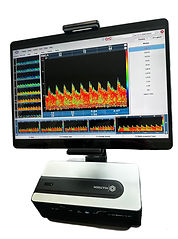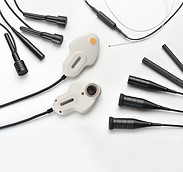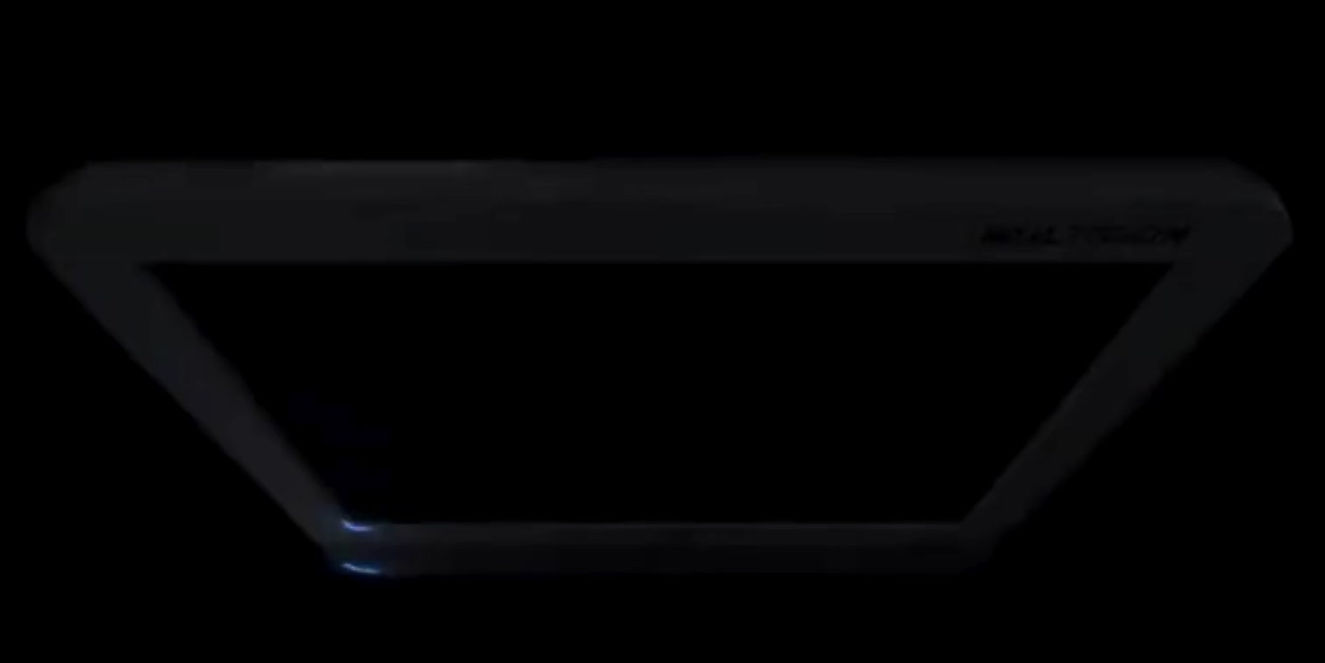
Transcranial Doppler
Products
Multigon USA works with leading developers to bring the most advanced Transcranial Doppler system on the market. Our products offer maximum flexibility with customizable features.
Transcranial Doppler
Transcranial Doppler (TCD) was invented by Rune Aaslid in the late 1970's. TCD primarily measures the mean flow velocity of the major basal vessels of the Circle of Willis, providing physiological data of the intracranial hemodynamics.
Applications
Product Applications
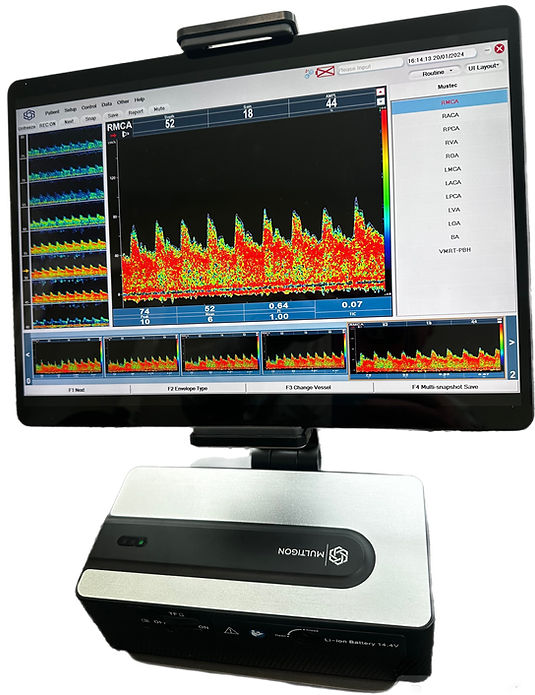

TCD Interpretation
Multigon USA maintains exclusive relationships with transcranial Doppler and neurophysiology expert physicians who are well published and provide TCD interpretations. Interpretations are performed within 48 hours of the studies being uploaded. The interpreting physicians are vascular neurologist with RNPI and NVS credentials. A flat fee per patient is charged to the ordering physician.
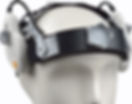

The Robotic TCD System
The robotic probe is perhaps the most innovative advancement in TCD monitoring. The robotic probes, when integrated into a bilateral head frame are able to search, optimize, and keep track of bilateral TCD signals in the MCA. In "Tracking Mode", probes are automatically controlled, adjusted and fine tuned, ensuring an optimal signal even if the patient is moving. This is the first and most refined robotic TCD system on the market, enabling the operator to comfortably insonate over time, without the need for constant manual adjustments. Particularly during surgical procedures or physiologic testing, this unique system offers substantial advantages in effort, time, and quality when compared to conventional, manual probe holders or the larger and less sophisticated options.
Up to eight high resolution spectra can be displayed, with sample volume gates changed individually or simultaneously. In M-Mode, color coded blood flow velocities in up to 128 depths are displayed and controlled. The 1.6 MHz monitoring probes impress with better penetration, yielding better signal quality. In vasospasm, higher PRFs allow insonation velocities of up to 750 cm/s.
